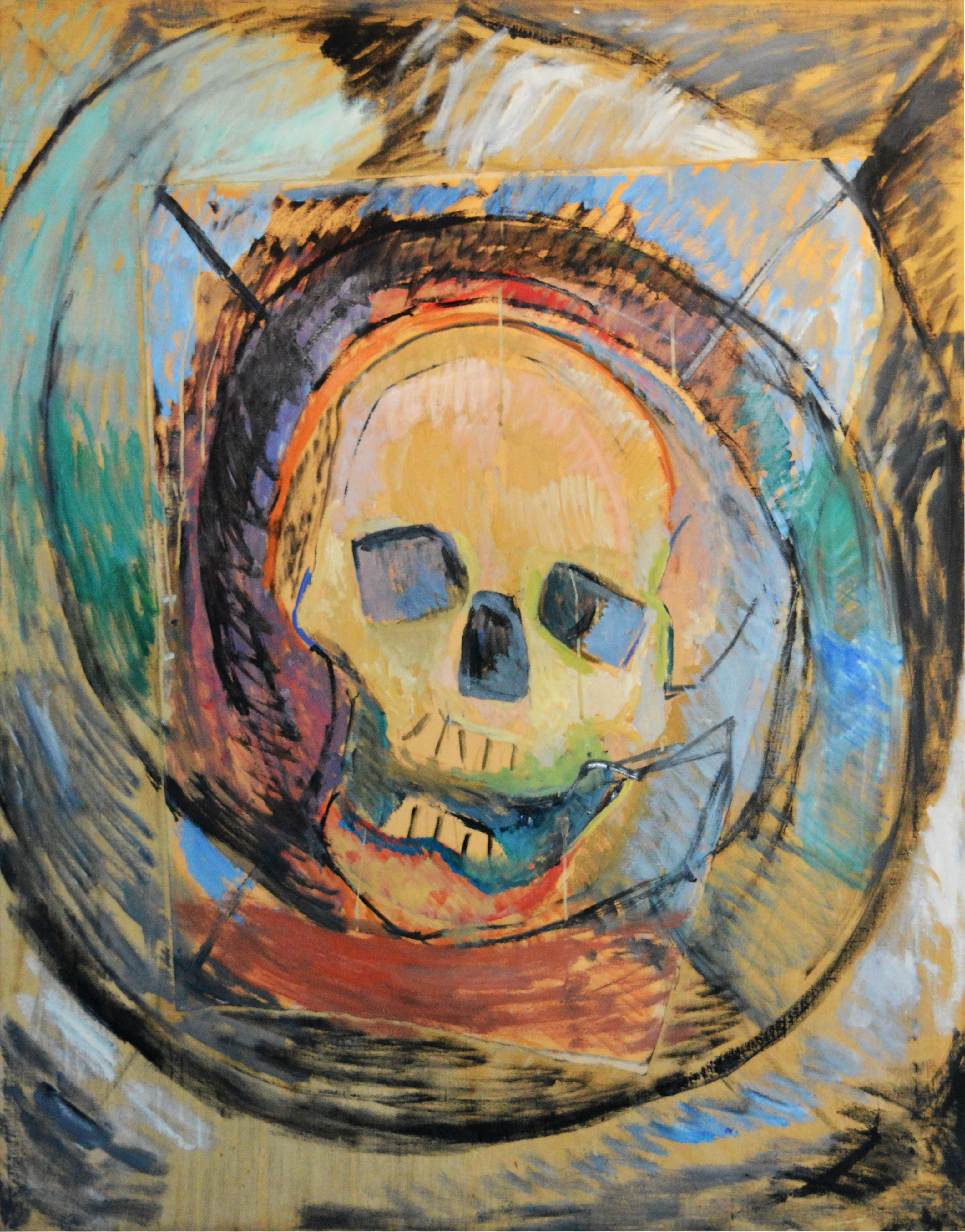
Poland’s first sculptor who was an artist. Before him, sculpture in Poland consisted only of the manufacturing of statues – not yet, strictly speaking, art. Zbigniew Libera presents a profile of Xawery Dunikowski to the readers of “Przekrój”.
Franciszek Xawery Dunikowski was born on 24th November 1875 in Kraków, at St. Florian’s Square. His father, Mieczysław, who came from the noble clan using the Abdank coat of arms, worked as a train manager of the Warsaw-Vienna railway. His mother Helena’s maiden name was Jawurek, after her Czech ancestors who had settled in Kraków, but when necessary, she introduced herself as Jaworska. Xawery’s early education took place with his cousins, in the house of his mother’s brother, Doctor Jawurek, in Żyrardów. When he was 12, the family moved to Warsaw, where he was sent to a seven-year technical school. In 1894, he started an apprenticeship with the sculptor Bolesław Syrewicz, with whom he renovated various objects in the Royal Castle, at the Łazienki Park, the Saxon Garden and in Warsaw’s cemeteries. In 1895, he spent a short time incarcerated at the Warsaw Citadel’s Tenth Pavilion, most probably for his activity in the Polish Socialist Party. Later, he moved to the studio of Leopold Wasilkowski, where he created decorations for Jan Styka and Wojciech Kossak’s Racławice Panorama, and carved gravestones, which paid well. The earnings allowed Xawery to enrol at the School of Fine Arts in Kraków.
Searching for the naked soul
In 1896, Dunikowski started studying under Alfred Daun, and in 1900 – when, by the tsar’s decree, the school was renamed as the Academy of Fine Arts, or ASP – he moved to work with Konstanty Laszczka, whom,





